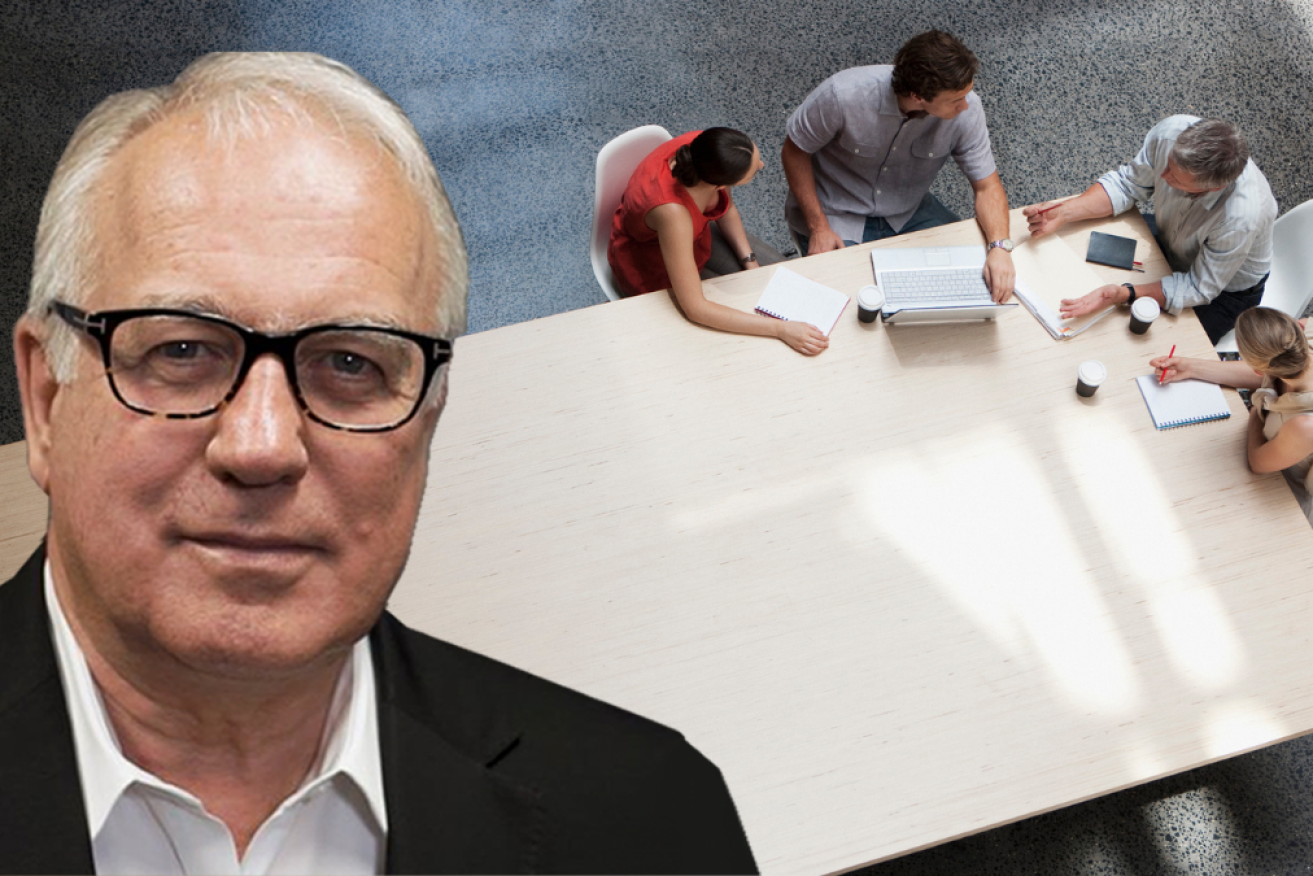Alan Kohler: Productivity has collapsed because workers have lost hope


Decline in productivity has coincided with a decline in real wages and difficulty getting a pay rise, Alan Kohler writes.
Between March and December last year, Australian productivity – GDP per hours worked – actually declined 4.1 per cent. Taken from before the pandemic, it has been flat.
Treasury has based its budget forecasts on productivity growing 1.5 per cent a year, and the Reserve Bank says its forecast of declining inflation depends on productivity growth increasing “to the relatively slow rates recorded in the years preceding the pandemic” (1.2 per cent).
With productivity growth now zero or negative, neither of those things looks possible, which has dire implications for everything: Inflation, interest rates, the budget, economic growth and prosperity generally.
What happened? During the late 1980s and ’90s, productivity growth peaked at 3 per cent a year. Over the past 30 years it averaged 1.6 per cent; in the past 20 years, just 1.2 per cent, and as discussed, it has been zero lately, and then negative.
Many forests have been mown down to print reports examining why this is so, not just in Australia but around the world, but nothing has nailed it, and despite plenty of talk, nothing has turned it around yet, or looks like doing so.
Why it’s happening
The job of a columnist is to be succinct and, let’s face it, to over-simplify, so here goes: The reason labour productivity (GDP per hours worked) has been flatlining is because workers don’t care any more.
The decline in productivity growth over the past two decades has coincided with a decline in real wages and a rise in the difficulty of getting a pay rise.
The balance of power swung against labour and in favour of capital about 25 to 30 years ago; in Australia that process was begun by enterprise bargaining.
The decline in union membership along with a series of legislative changes sapped workers’ collective bargaining power, and firms took a tough line in pay negotiations with individuals where the power balance is decidedly one-sided.
In a way it is an ironic, unintended consequence of the competition reforms during the 1980s that produced such high productivity growth at the time: Thanks to the National Competition Policy, known as the Hilmer Reforms, the economy was opened up and firms were subject to much greater competition.
That followed the complete opening up of the Australian economy to global competition with the removal of tariffs and trade barriers.
The immediate result was a kick in productivity as firms had to get more out of their employees in order to compete, and at first, company leaders were able to inspire staff and take them on the journey with them.
But after a while the fun wore off, especially as it became clear they were getting nowhere against China and the hard work was not resulting in higher salaries, and with house prices rising they were falling behind.
Working harder
It seems to me that workers in almost every industry are jaded and disengaged – they’re being forced to work harder and be a jolly part of a team culture, with team leaders instead of bosses, and expected to be happy with pay rises of 2 to 3 per cent, if that.
Any more than that, they’re told, and the interest rate on your mortgage will go up. Life is hard, both for businesses and their employees.
And there is surely nothing more corrosive for productivity than jaded, disengaged staff who have lost hope.
Having declined steadily for decades, productivity growth suddenly collapsed during the pandemic and then went negative last year for two extra reasons – the advent of working from home and the sudden drop in real wages as a result of the spike in inflation, followed by the rise in interest rates coupled with higher rents and house prices that are now rising again.
Commuting challenge
Working from home started with COVID-19 but has continued largely because it’s easier than commuting for an hour each way, and because you get to pick up the kids from child care and school.
But a big part of the reason it’s still popular is because people don’t want to be in the office all the time. It’s hard to be keen enough to catch the train every morning, standing all the way, when you’re spinning your wheels financially and can’t get ahead.
And while there are arguments that productivity improves with working from home because there are fewer distractions, I wonder if that’s really true, and whether people say they’re working more than they are. Anyway, the data speaks for itself – productivity has declined as more people work from home.
Companies are getting agitated about it, and demanding that staff come back into the office, but forcing them back will only build resentment, especially if their incomes are still going backwards in real terms, their mortgage repayments are rising and they can’t get a decent pay rise. They might as well stay home and pick up the kids.

AI could be used alongside human labour. Photo: Getty
AI option
I think the only hope for improving productivity will be generative artificial intelligence, which is now starting to sweep through the business world.
A big study by investment bank Goldman Sachs recently predicted that AI would at least partially replace two-thirds of all jobs.
The word “partially” matters. If AI can be used alongside human beings and make their life easier, then human happiness and productivity could both rise.
Statistical productivity, minus human happiness, will rise if another Goldman Sachs’ prediction comes true – that AI will actually replace 300 million jobs worldwide.
As long as the work done by AI machines is not counted in the ABS’s “hours worked”, then the GDP per hour of toil by the few humans that are left will increase a lot.
Those displaced will of course have to go on welfare and blow out the budget deficit again, but at least they will have the pleasure of dealing with a friendly and efficient AI robot at Centrelink, who always answers the phone after one ring.
Alan Kohler is founder of Eureka Report and finance presenter on ABC news. He writes twice a week for The New Daily








